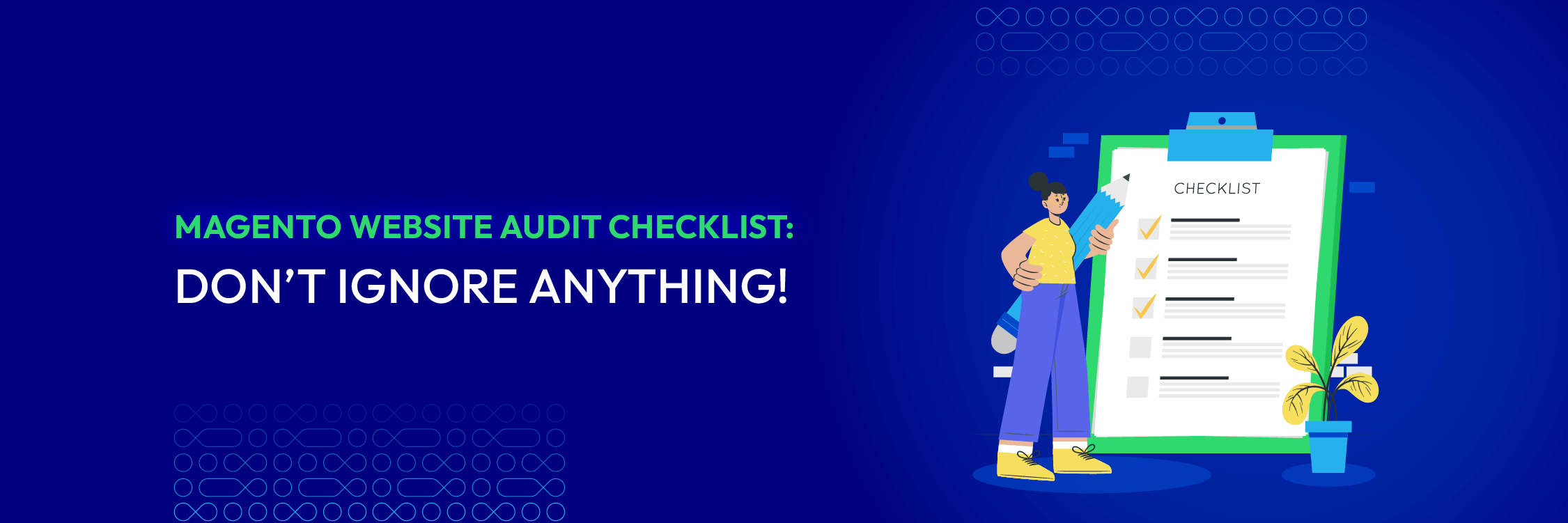What is the Custom Software Development Life Cycle?
With a big catalog of 234+ extensions for your online store
Most activities in our daily lives today are pragmatically dependent on technology. Almost all businesses, including well-established enterprises and startups, depend on software development to boost their market presence and operate online. Custom software development offers a perfect and more organized workflow, making business operations conducive and naturally efficient.
Developing a customized software that incorporates particular features needs through planning and a set of procedures to follow. The planning and the protocols form a process known as an SLDC (Software Development Life Cycle).
Choosing the right custom software development life cycle helps deliver a product that provides plentiful benefits to companies in any industry. These include healthcare professionals, the online banking sector and other business verticals.
A company that fails to follow all the protocols on this process may unintentionally invite bugs in the software product. Therefore, when looking for a reliable software development company, you need to understand the entire process.
What is the Software Development Life Cycle (SLDC)?
This refers to a structure that incorporates all the activities, tasks and processes related to software product development and maintenance. The structure covers the entire system life, from the definition of the requirements to the end of its use.
The Software Development Life Cycle includes 7 stages that play a key role in delivering a product that meets your business needs and requirements. These steps make the entire process naturally efficient and smooth by aligning the project budget, demands, quality assurance and deployment time. However, these steps vary depending on the type of development model that a company prefers to use for its operations. Some of the common development models include Agile Methodologies, RAD, Waterfall and V-Model.
Custom Software Development Life Cycle Stages
Ideation and Planning
A good idea is the pillar of every project, and each idea requires brainstorming to implement it more effectively. Therefore, strategic planning is the first step in the software development lifecycle. The step involves determining the type of methodologies to use, availability of resources, determining challenges, the scope of your project, and most importantly, its cost. In addition, the planning phase helps identify potential impediments in your project and take the right measures to address them.
In this stage, the custom software development company is also required to obtain information from customers to understand their problem points and expectations. Understanding customers’ expectations and problem points allow the developers to optimize their workflow operations.
Feasibility Analysis
The stage involves gathering all the details on the feasibility of the project and the requirements. It involves 3 stages:
-
Requirement gathering As the name suggests, this stage involves garnering all the details in the project’s requirements from the client. It is an important step in requirement analysis as it helps deliver a product that meets customer’s expectations. In addition, the stage allows you to involve all the stakeholders to ensure that there are no discrepancies between the end product and the client’s expectations. In this case, the stakeholders could be quality control engineers or software programmers.
-
Requirement analysis Once the necessary information on the requirements is gathered, the next stage involves analyzing the data. The people and various stakeholders who are charged with the duty of developing the software take time to brainstorm the technical and functional aspects of the project. The team then measures the requirements’ feasibility to get rid of any ambiguity in your plan.
-
Documentation This stage involves documenting the finalized plan into an SRS (Software Requirement Specifications), which is a contract. The documentation contains quality assurance plans and risk mitigation solutions.
Design
The software architect relies on the Software Requirement Specifications document to prepare design documents. These include:
- SDS (System Design Specification), which features a physical design
- DDS (Design Document Specification) features a physical design
Most of the design examples include meta-data, data-flow diagrams, and pseudo-codes. Once the DDS and SDS are ready, the stakeholders review them for design flexibility, assessing the risks, project time, strength, and budget constraints. After the review, the team is able to prepare and finalize a design that meets all the conditions, which is then pushed to the programming phase.
Coding/Implementation
The implementation of the coding phase is usually the lengthiest phase in the entire process. It is also the most important phase in the software development process. In this stage, software developers generate source code that fits the design requirements specified in DDS and SDS. The programmers also need to align with the demands and expectations of the stakeholders. After the programmers produce the design and establish the solution’s functionality, the software is then taken to the testing phase.
Testing
In this stage, the process of testing the developed source codes begins. The testing process is also a cycle as the developers test the source code for functionality after it has been prepared. In addition, these testers use black/white methodologies and various frameworks to test the code at different levels.
Some of the common types of testing carried out by these experts include in-house testing, program testing, user-end testing and module testing. These tests ensure that the software operates smoothly and is also bug-free. If the tests find that the source code has any errors, the product is taken back to the development or the implementation stage. This means that the testing and development take place in loops.
Deployment
Once the newly created product goes through the testing phase, it is then deployed on the cloud to allow the client to use it and give their views. In this stage, the developers integrate all the software components to create a functional solution. After the deployment of the software, the product is available to analysts and end-users.
Operations and maintenance
This is the last stage in the SDLC, but the end solution remains at the end-user’s discretion. After the deployment, the feedback obtained from the analysts and end-users is used to improve features, performance and upgrade the software. Apart from updating the software according to the feedback given, this stage also allows developers to get new requirements from their customers.
Why is Custom Software Development Important?
Many businesses prefer custom software development for a number of reasons, but it is important because it helps meet specific requirements. With custom software development, a business can purchase, maintain and modify commercial software easily, especially during the COVID-19 pandemic period. Some of the major benefits include:
-
Scalability: Custom IT solutions allow your business and organization to grow or undergo changes as they can be easily modified. With custom software development, developers and designers can access future needs while carrying out their requirements gathering. This allows them to incorporate these factors into the program without incurring costs from buying packaged applications subscriptions or additional licenses.
-
Efficiency: Usually, custom software is purposely designed to help support processes productively and swiftly without adjusting COTs applications.
-
Profitability: custom software development offers more effective ways to make money than other options. Businesses that invest in custom software may own their own software depending on the project’s terms and conditions. If a business owns the software, it can sell or license it to other companies and make more profits.
-
Lower integration costs: In most cases, commercial software may fail to work with the existing applications. This means that the organizations will have to invest more money into developing ways to allow the commercial software to communicate with the existing infrastructure. However, custom software can be designed to integrate with the existing infrastructure easily.
-
Independence: Custom software ensures that you are not dependent on the commercial software vendor. In this case, the business can avoid price hikes for support and license. Organizations can also avoid getting stuck into maintaining packaged software in case the vendor terminates a software or goes out of the market. Unfortunately, the cost of maintaining and supporting custom software falls on the side of the organization. Thus, the organization should take time and consider whether to buy or build their software.
Final Thoughts
Understanding custom software development lifecycle before hiring a company or partnering with any vendor is important as it ensures that you get the right product. Following the SDLC process strictly allows you to create a strong foundation in implementing your software development plan. All the phases in the SLDC are equally important, but the number of stages varies for custom software development depending on the type of development model that you choose.
Author bio: Thanh (Bruce) Pham strives to deliver successful projects maximising value for the Client by clearly establishing the project objectives and risks, controlling the programs and costs and proactively managing the project teams. Although Saigon Technology’s professionals are from a range of IT Software Development backgrounds, Thanh also seeks to ensure that they are multi-disciplined and that they are appreciative of the larger market picture of both the software development industry and of the business of the Clients that Saigon Technology is serving.

Guest
& Maintenance Services
Make sure your M2 store is not only in good shape but also thriving with a professional team yet at an affordable price.
Get StartedNew Posts

2024 Guide for Magento Website Audit (Free Downloadable Checklist)
Shopify Là Gì? Hướng Dẫn Xây Dựng Cửa Hàng Shopify Từ A-Z

How to Find a Magento Programmer for Your Startup?
Stay in the know
Get special offers on the latest news from Mageplaza.
Earn $10 in reward now!




